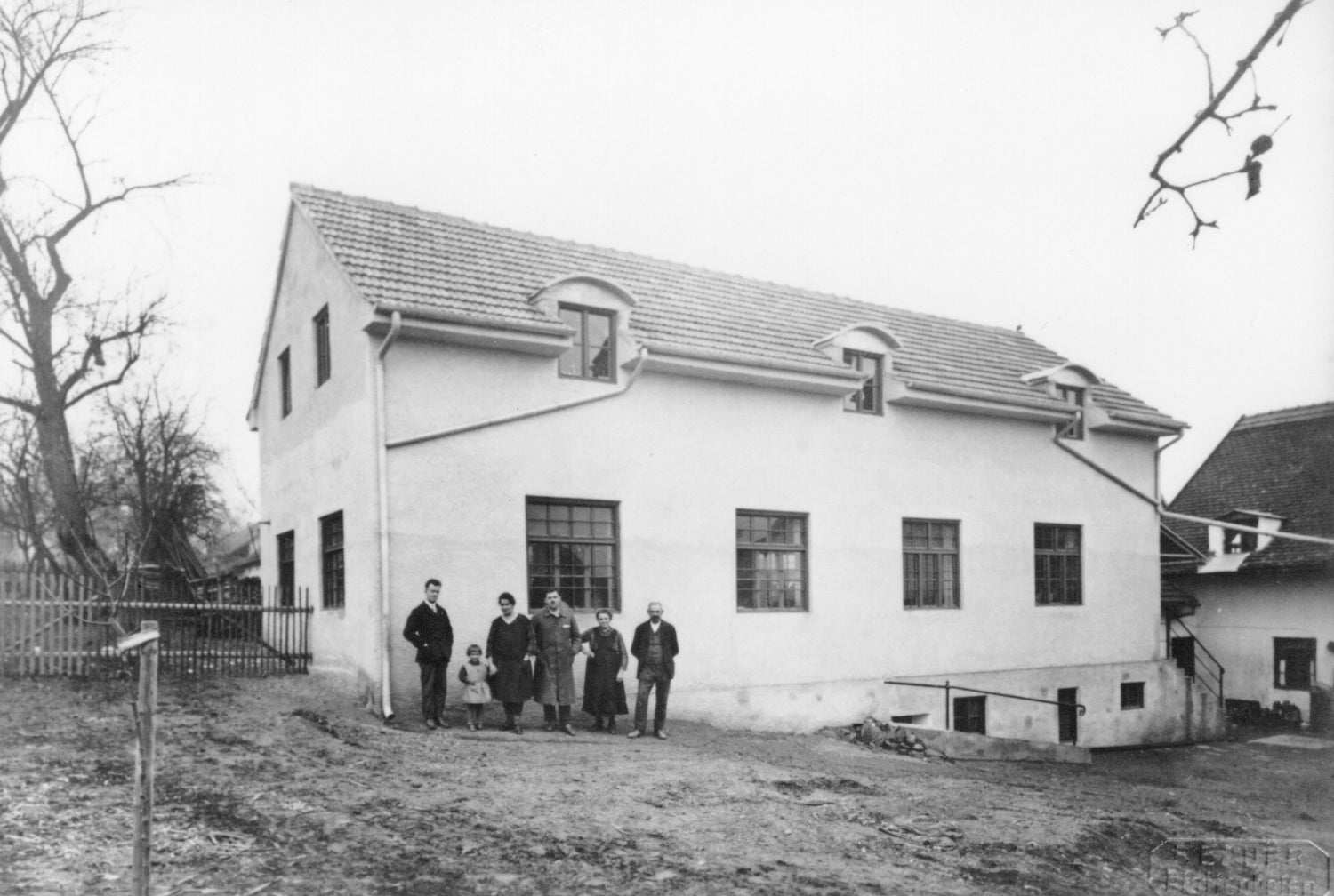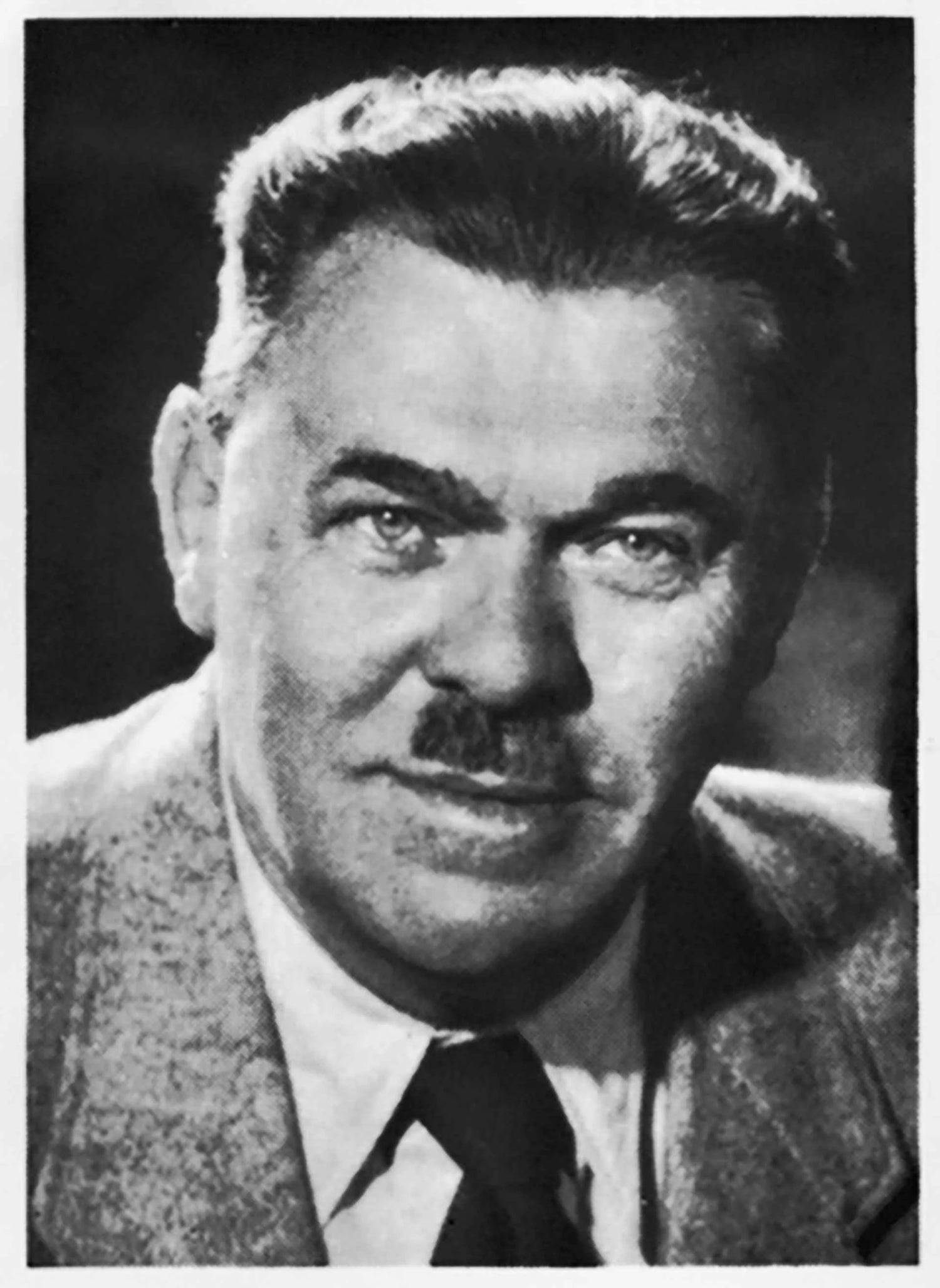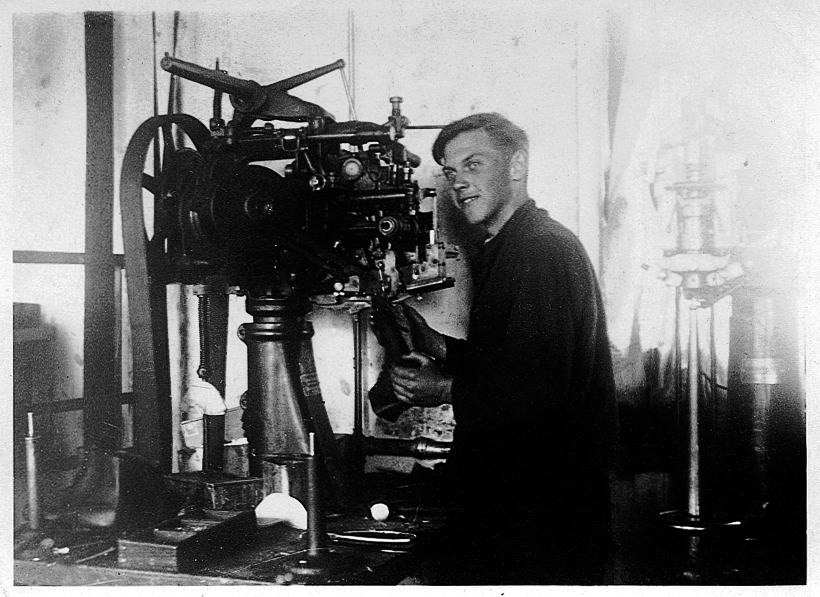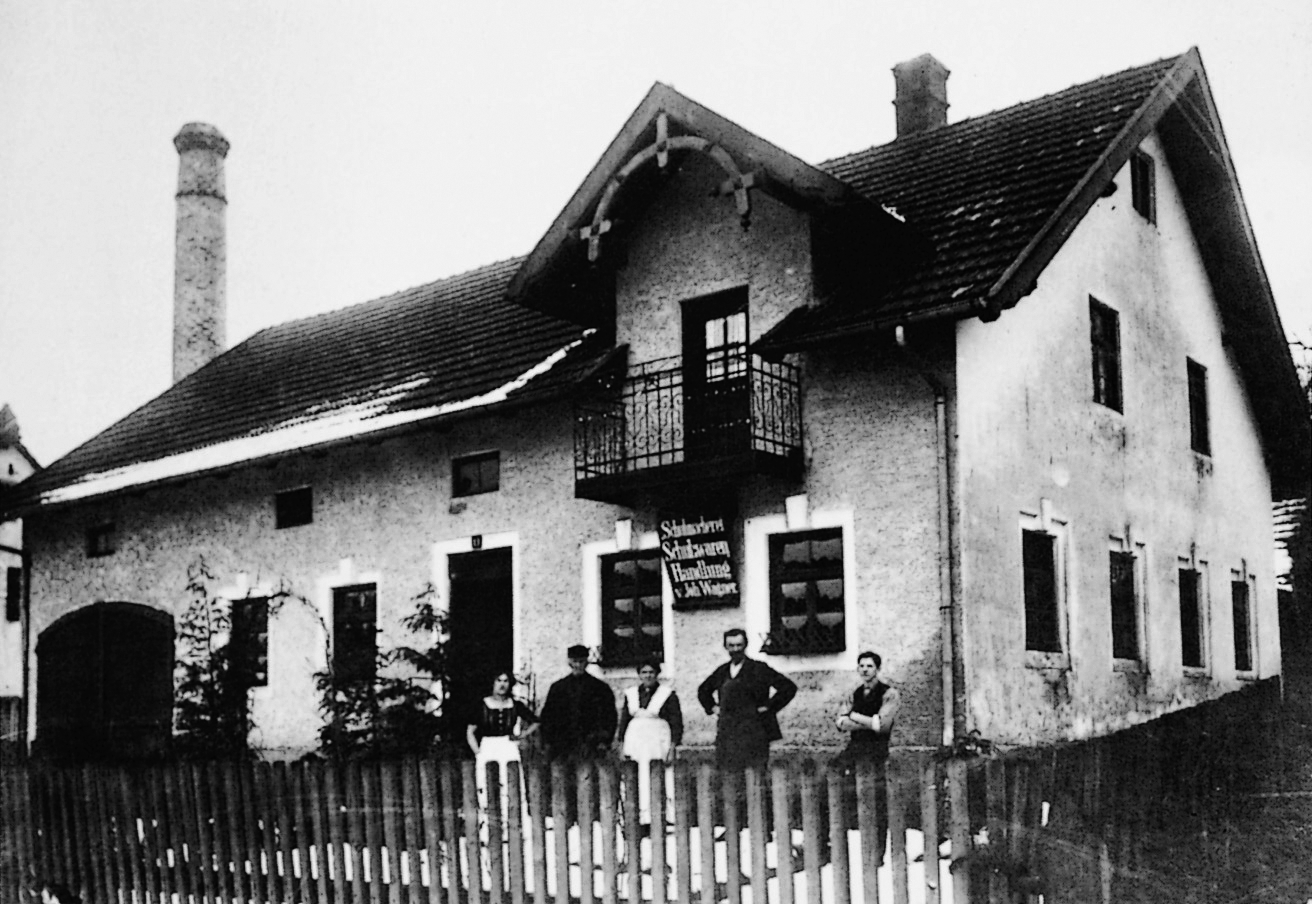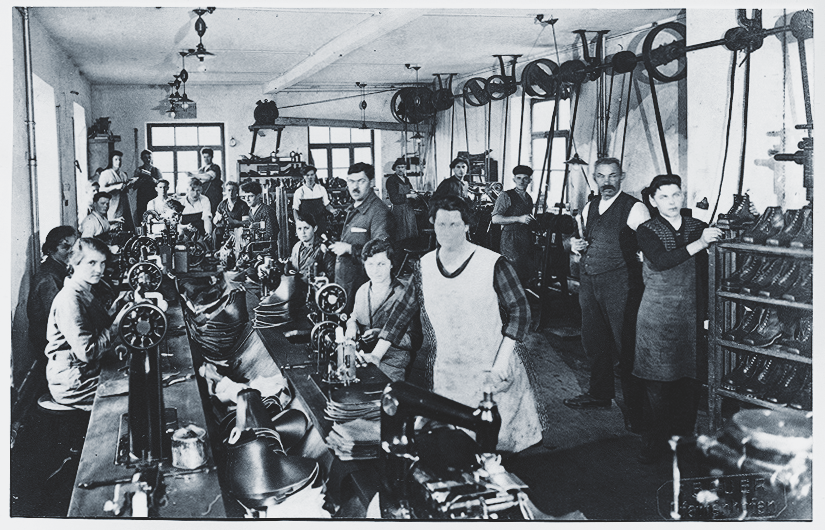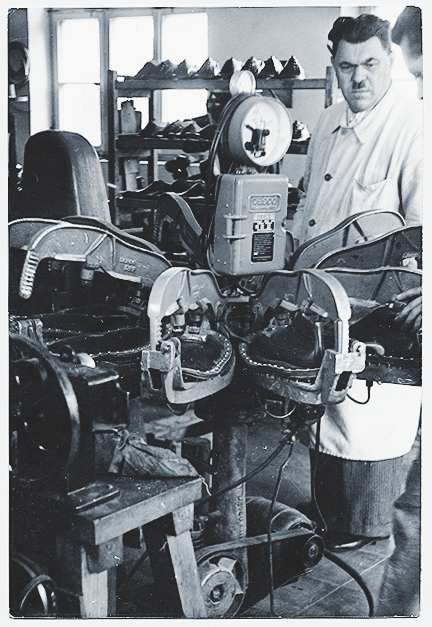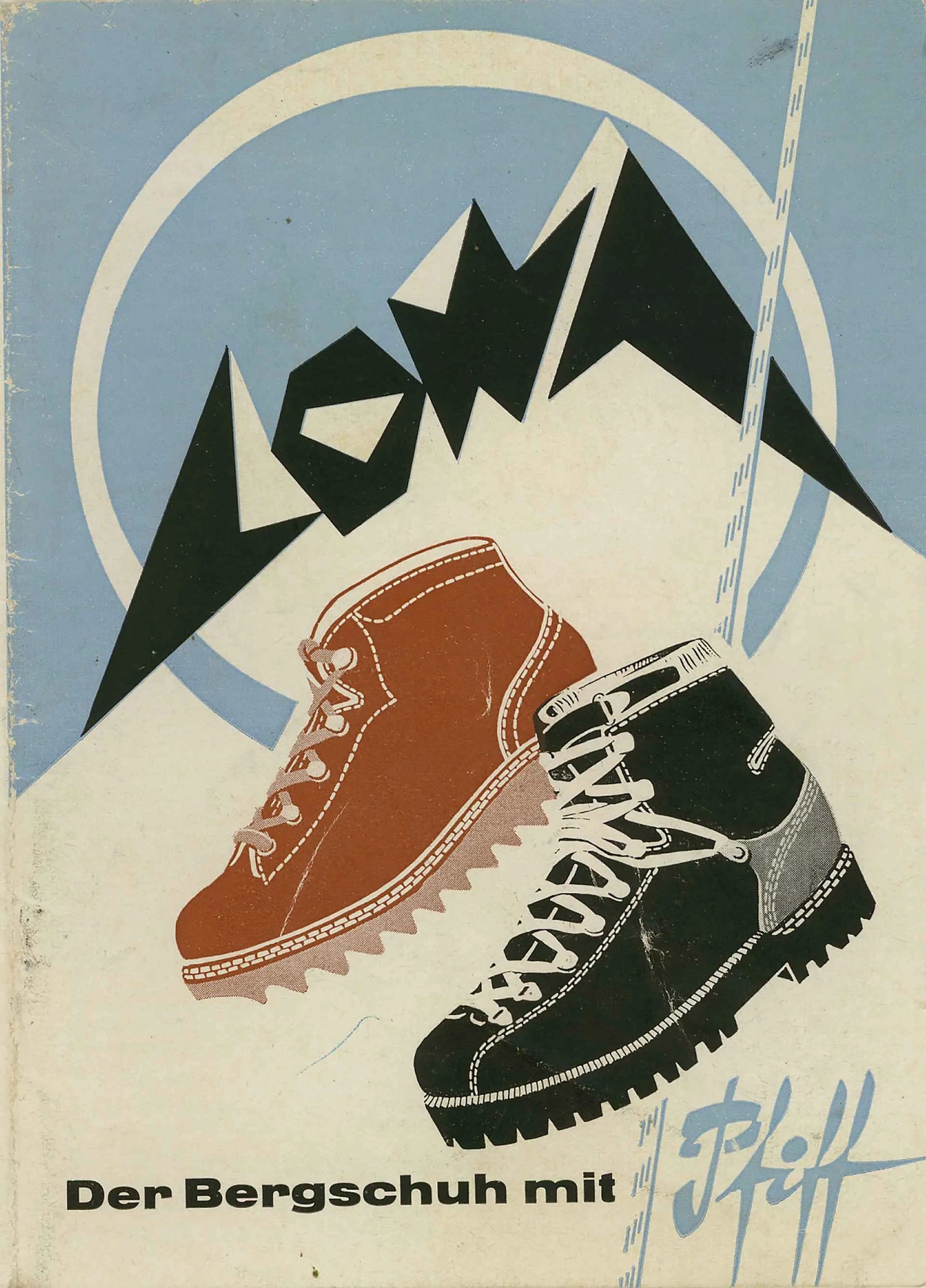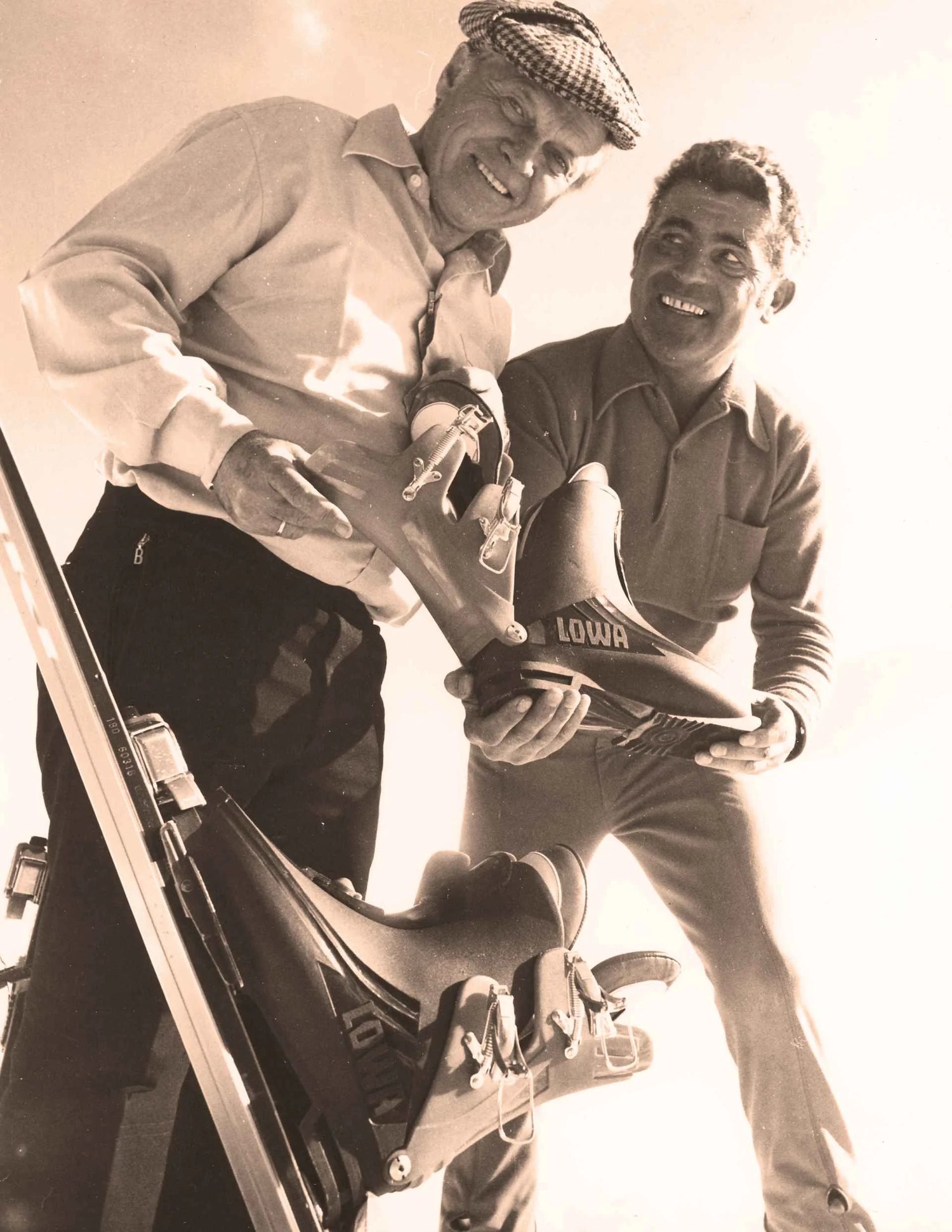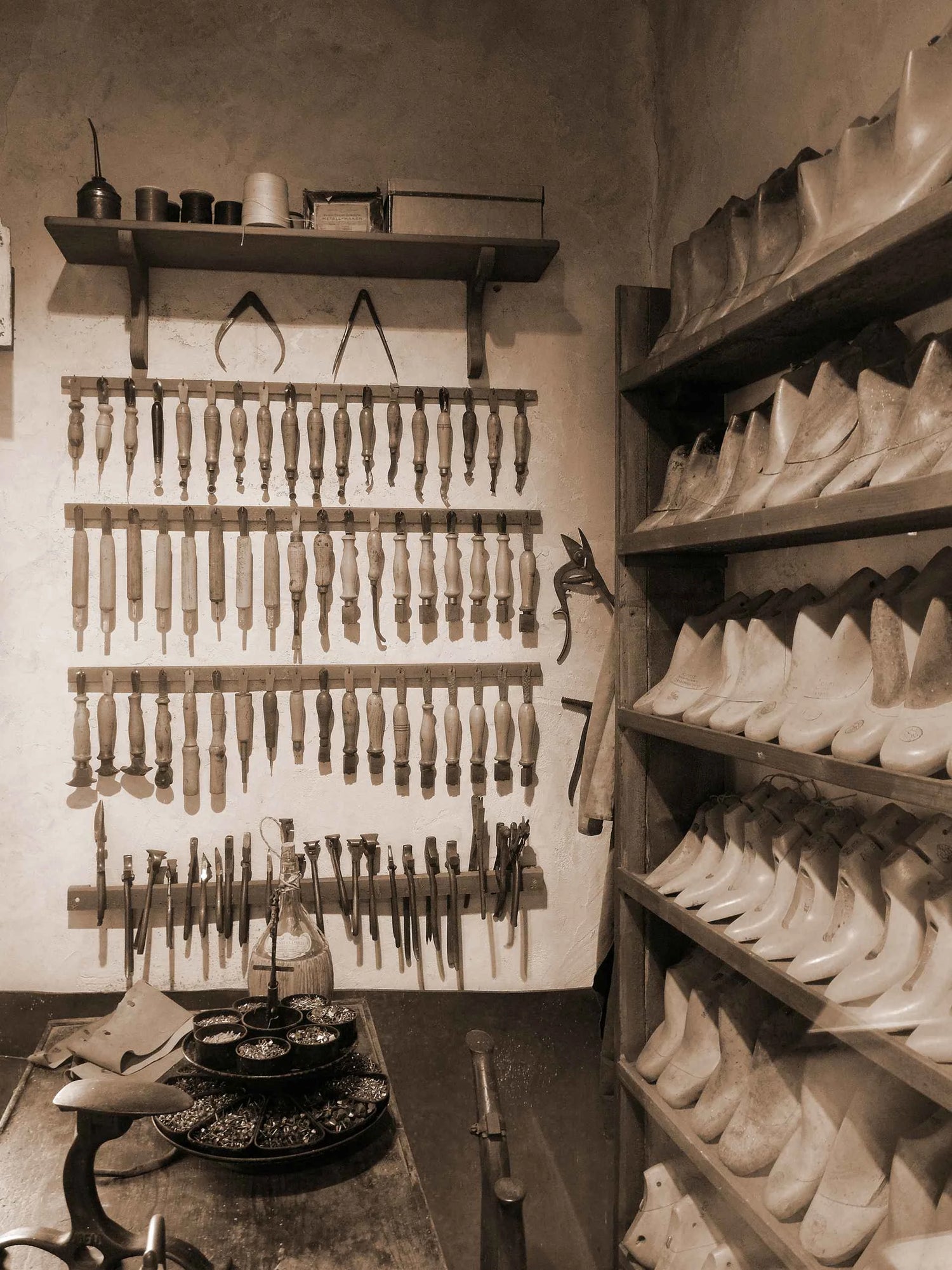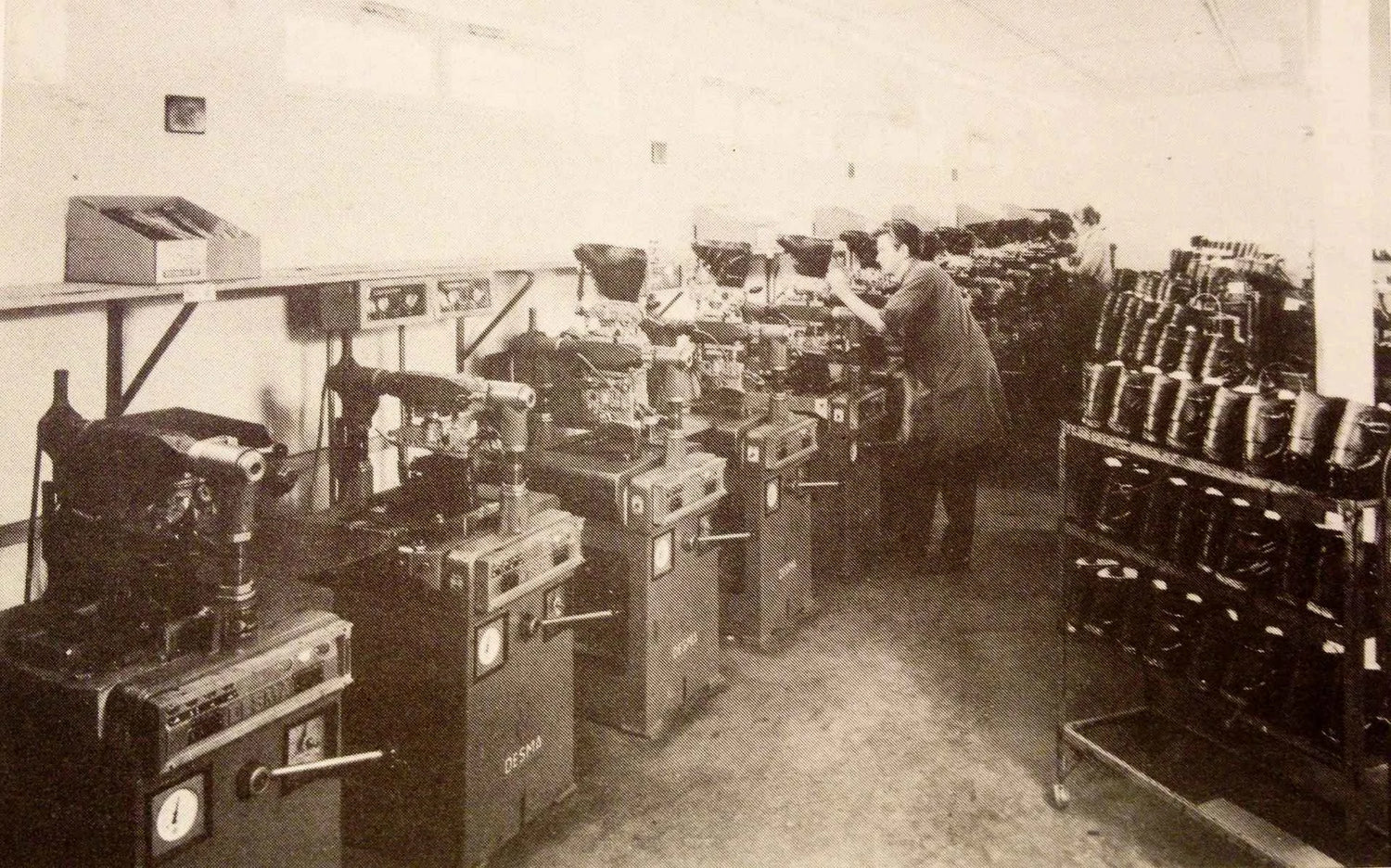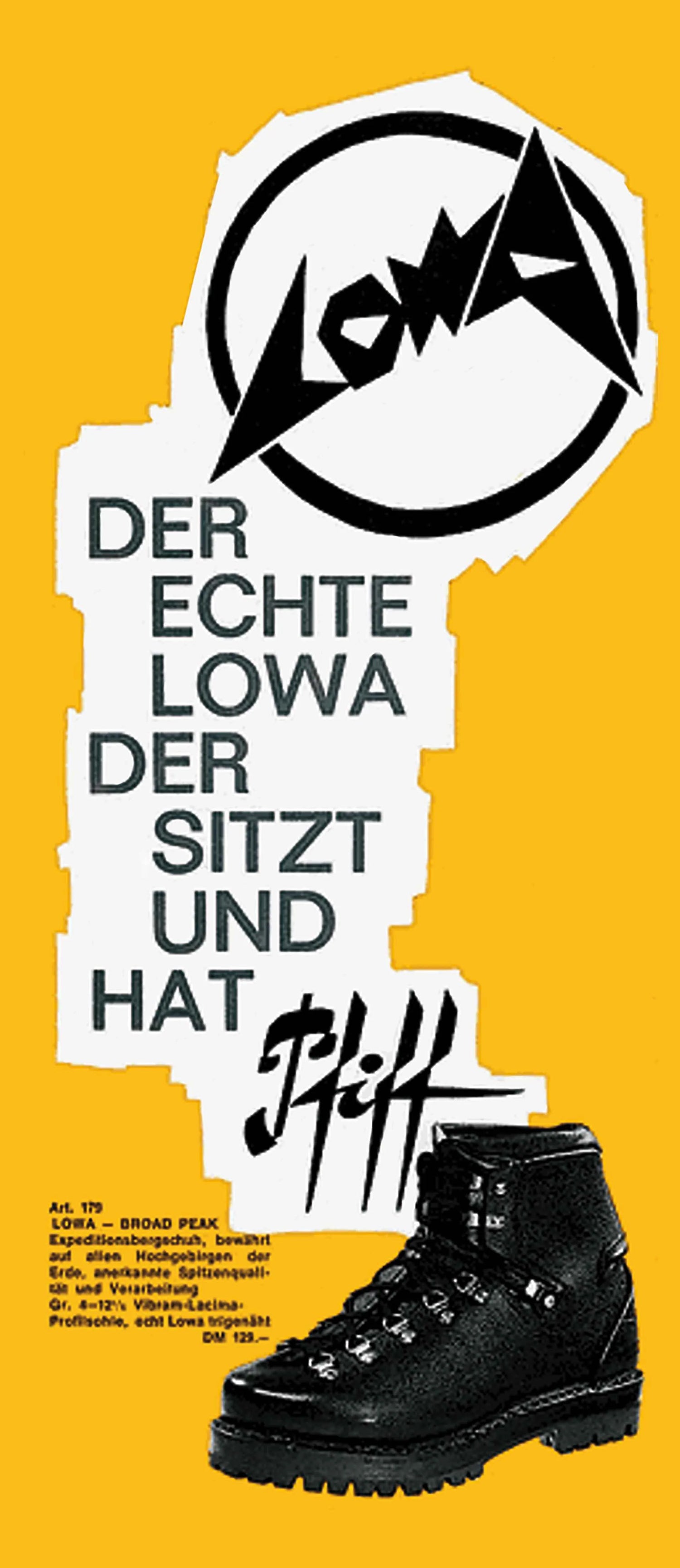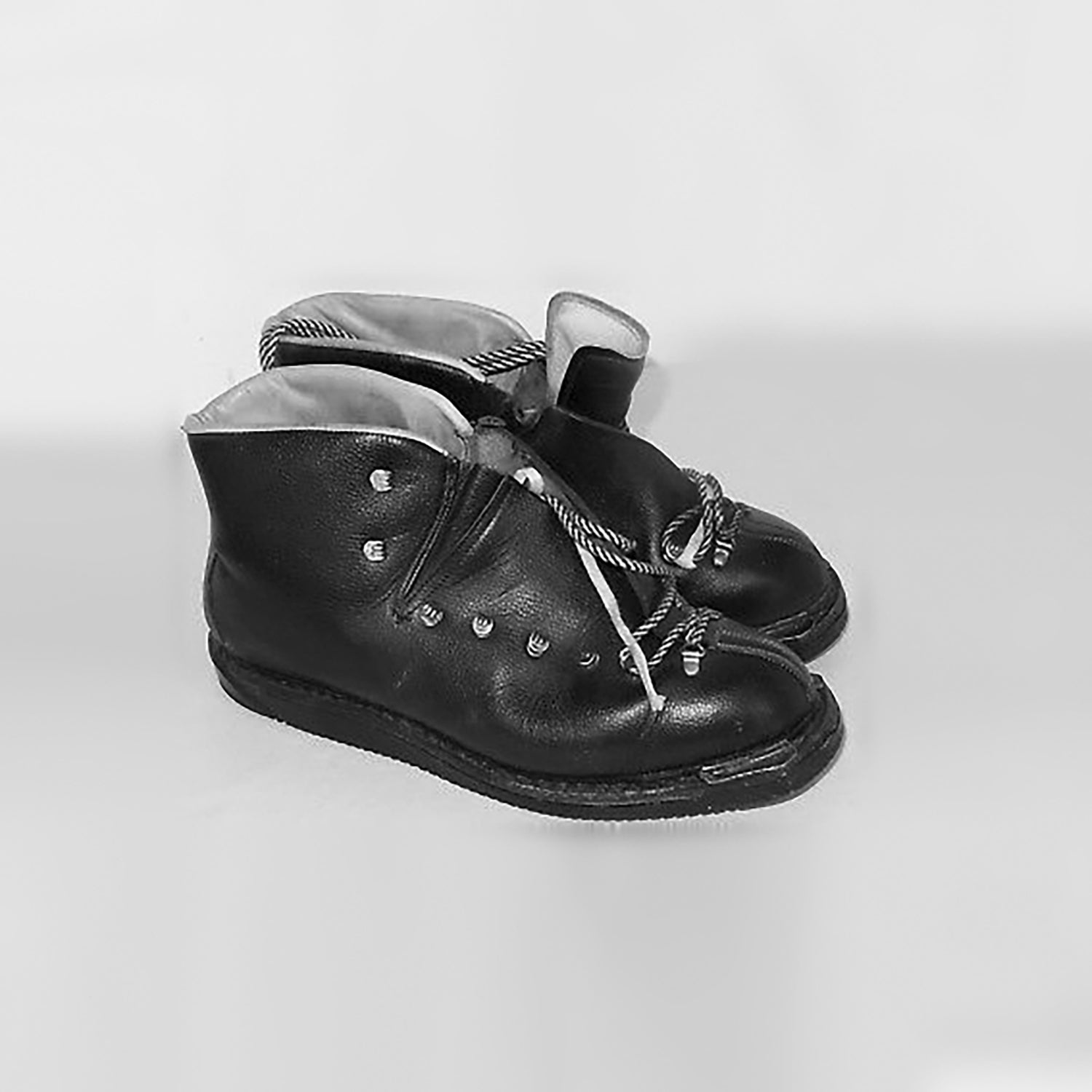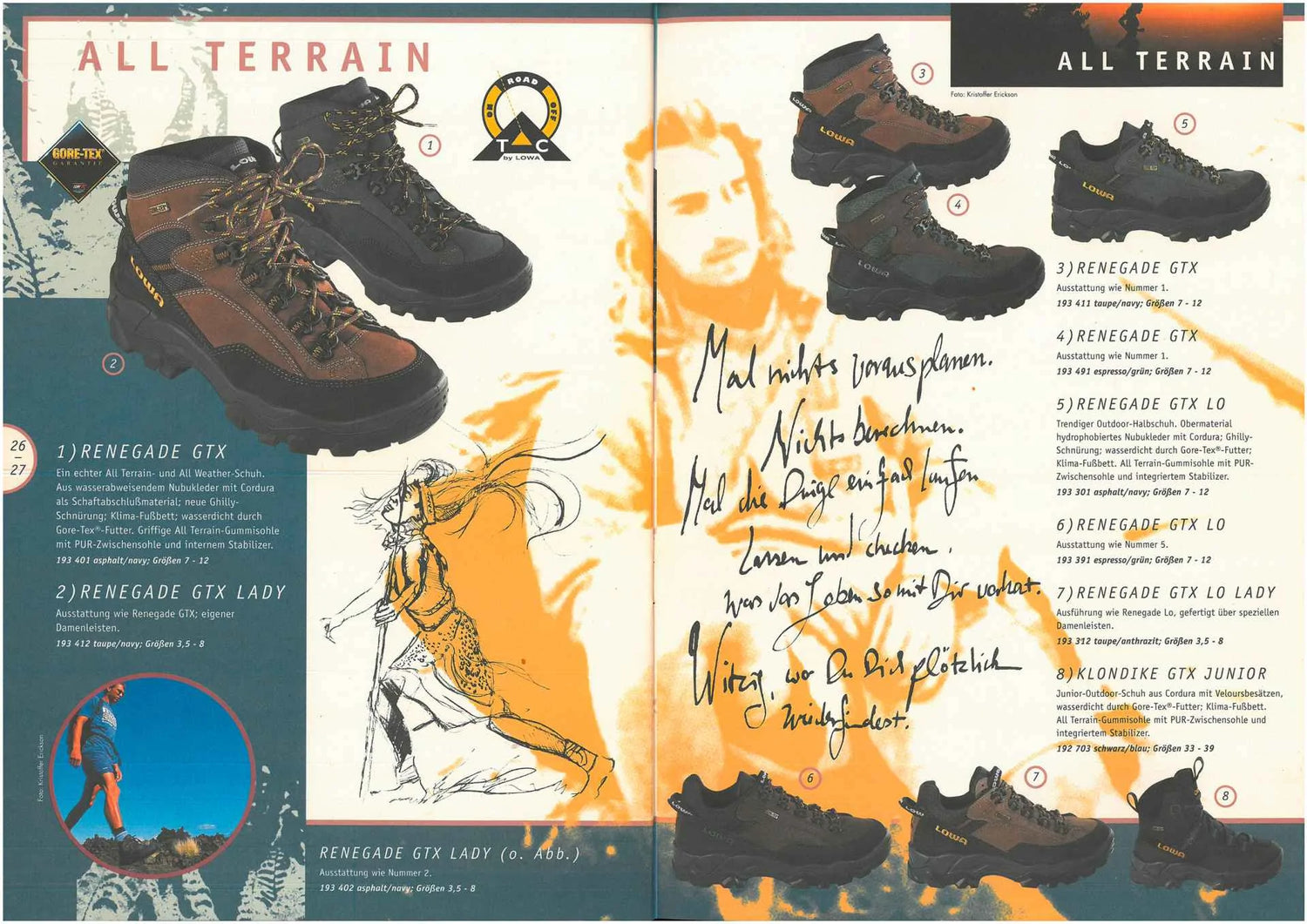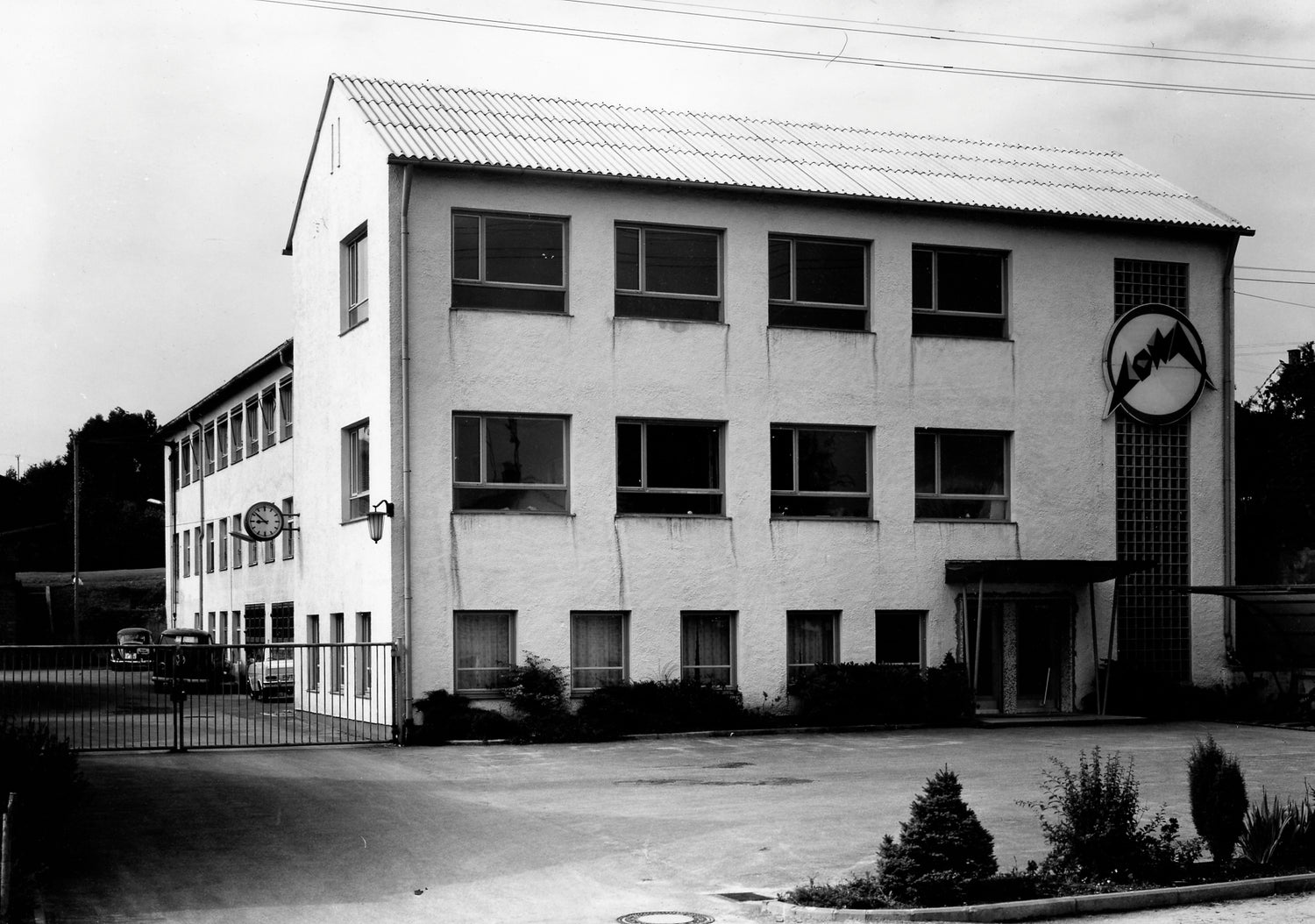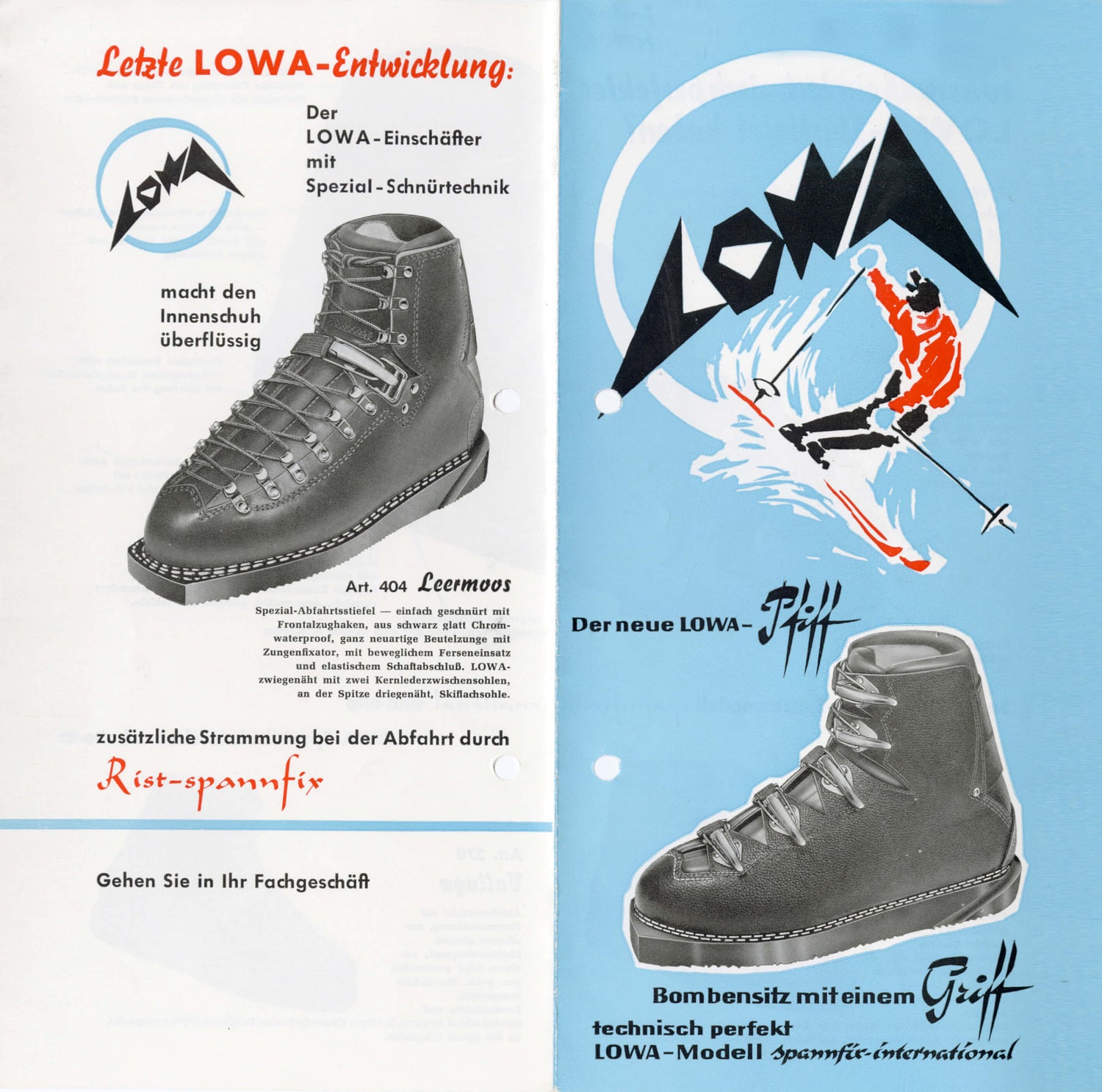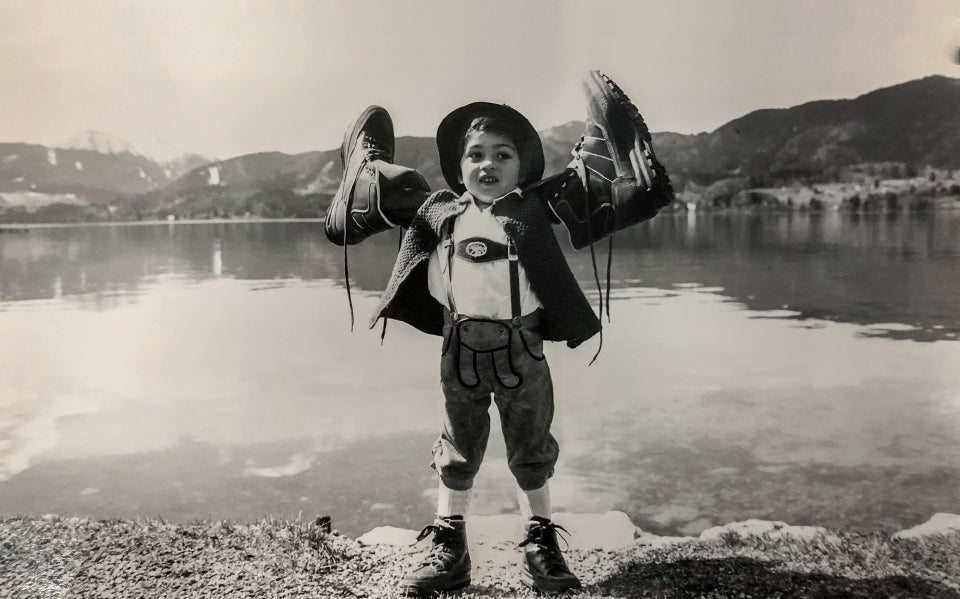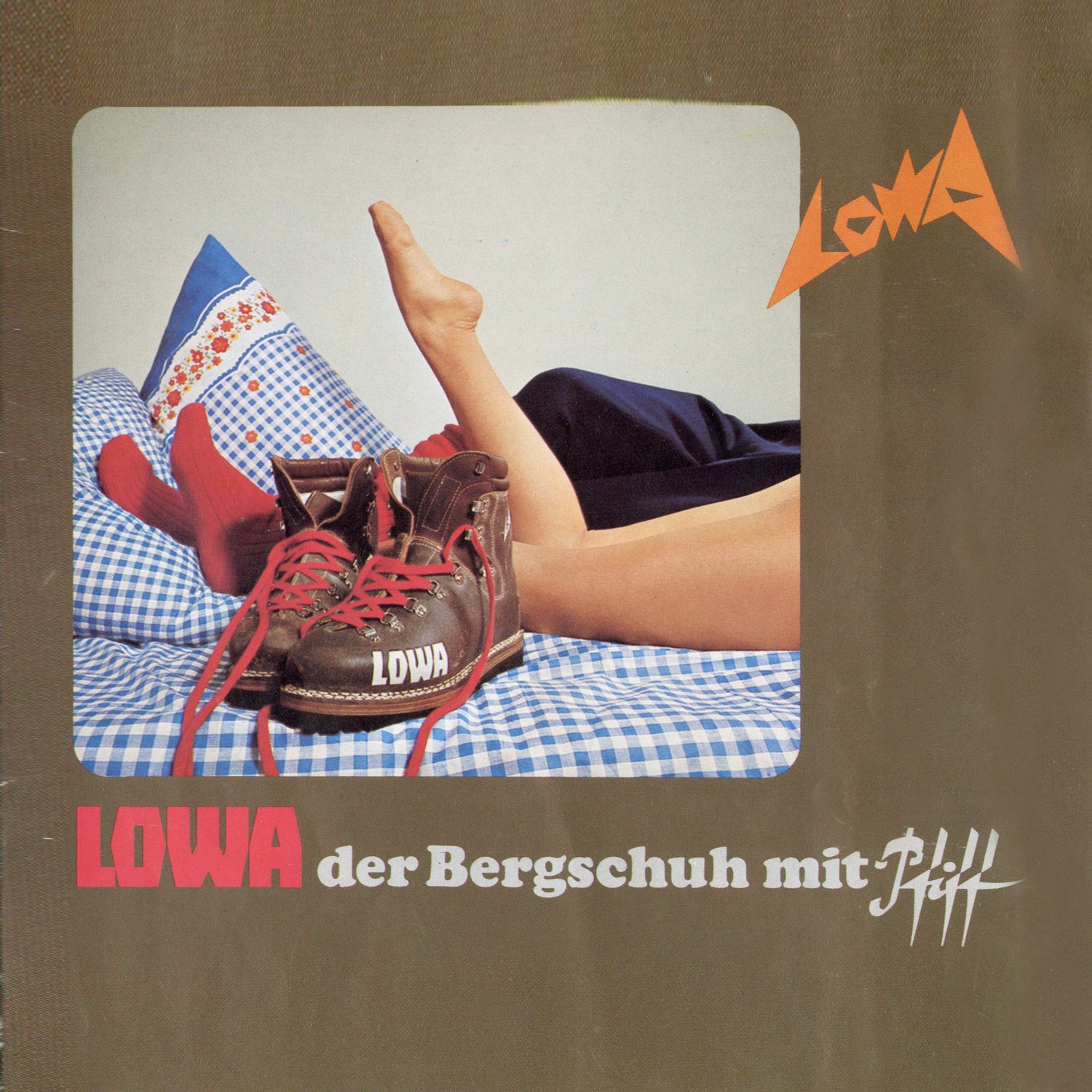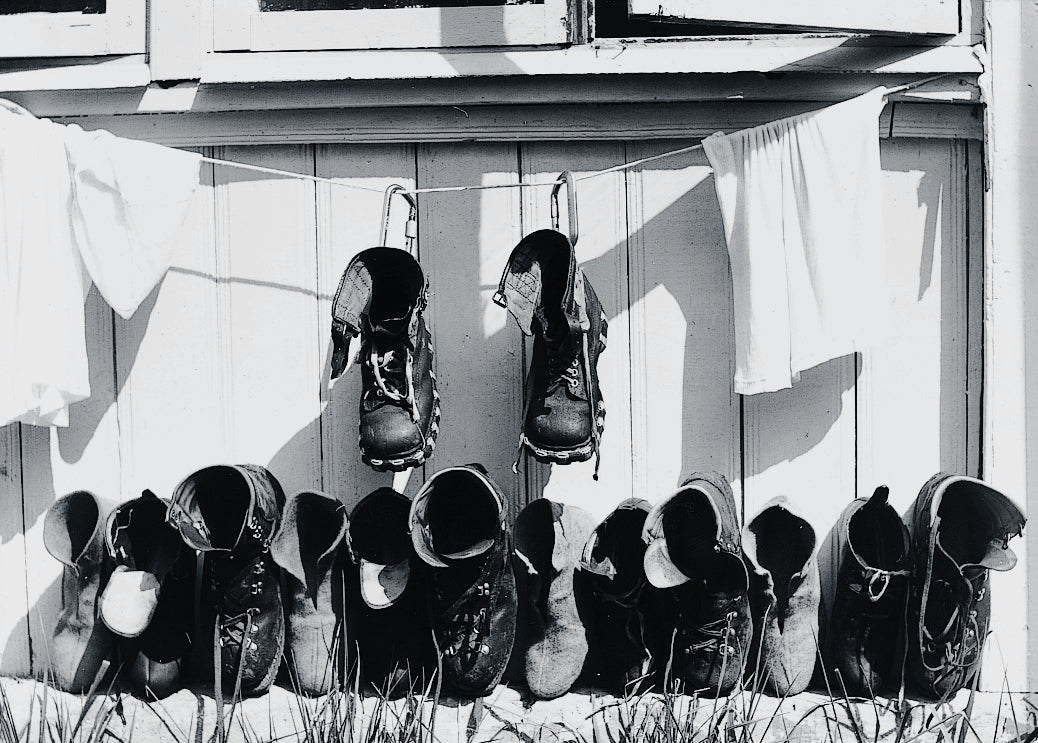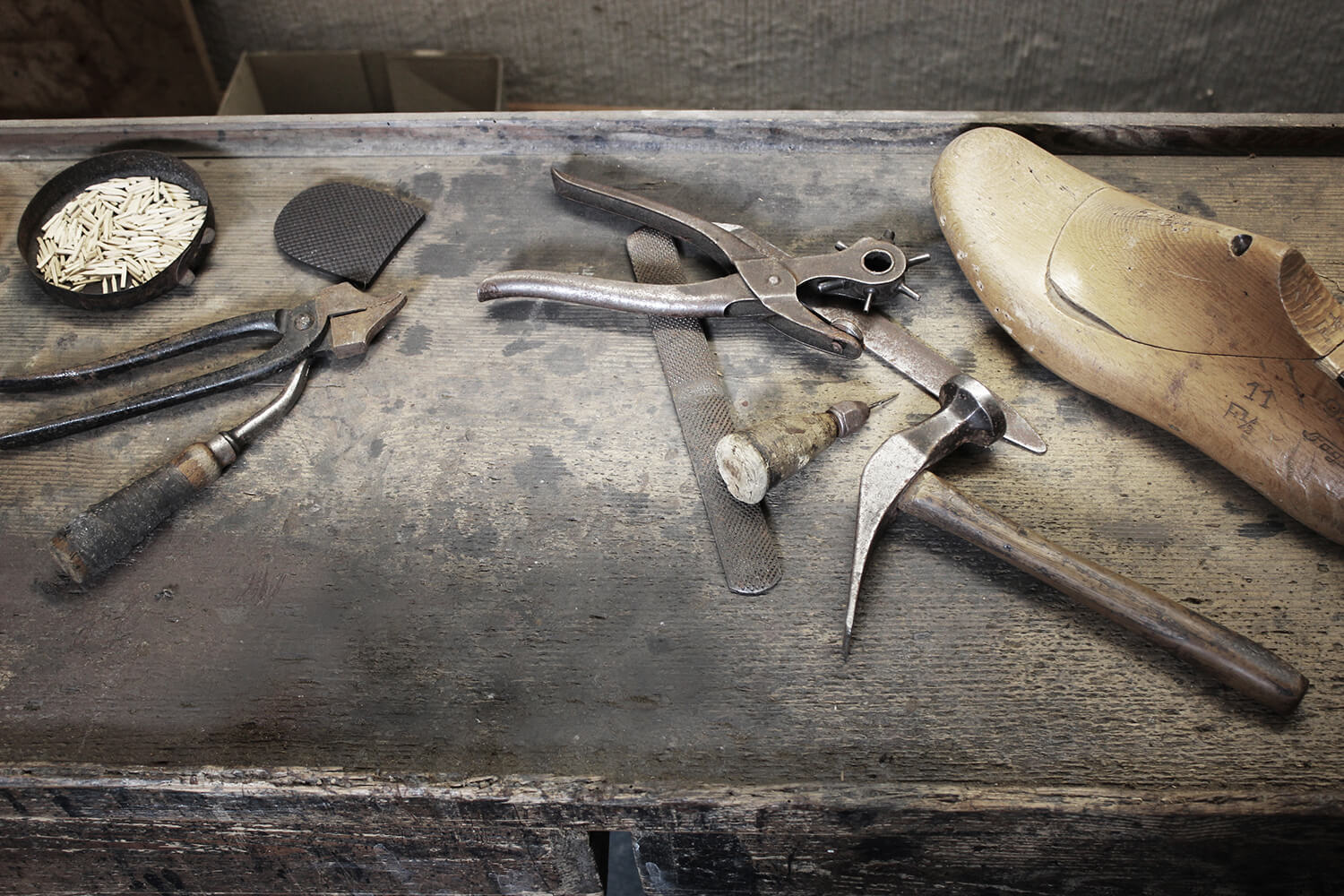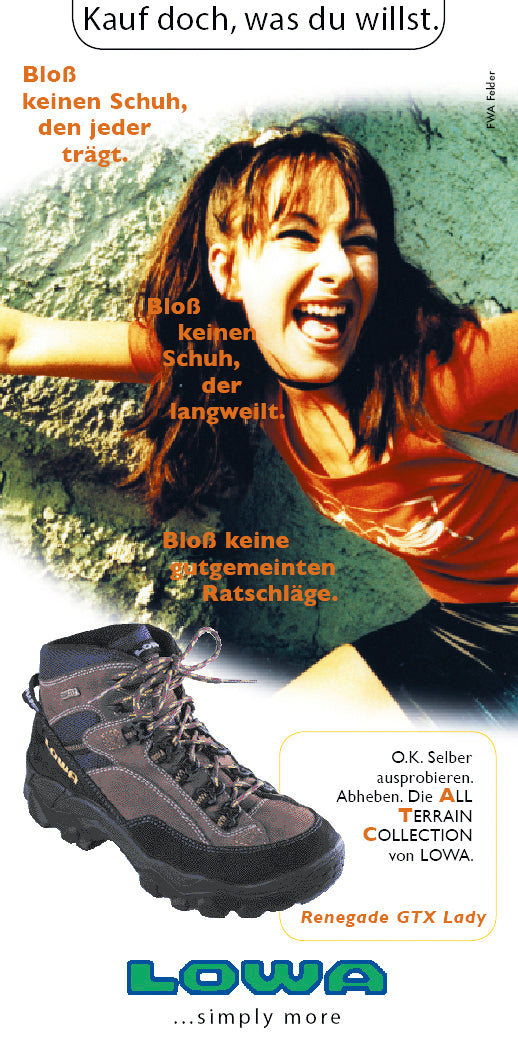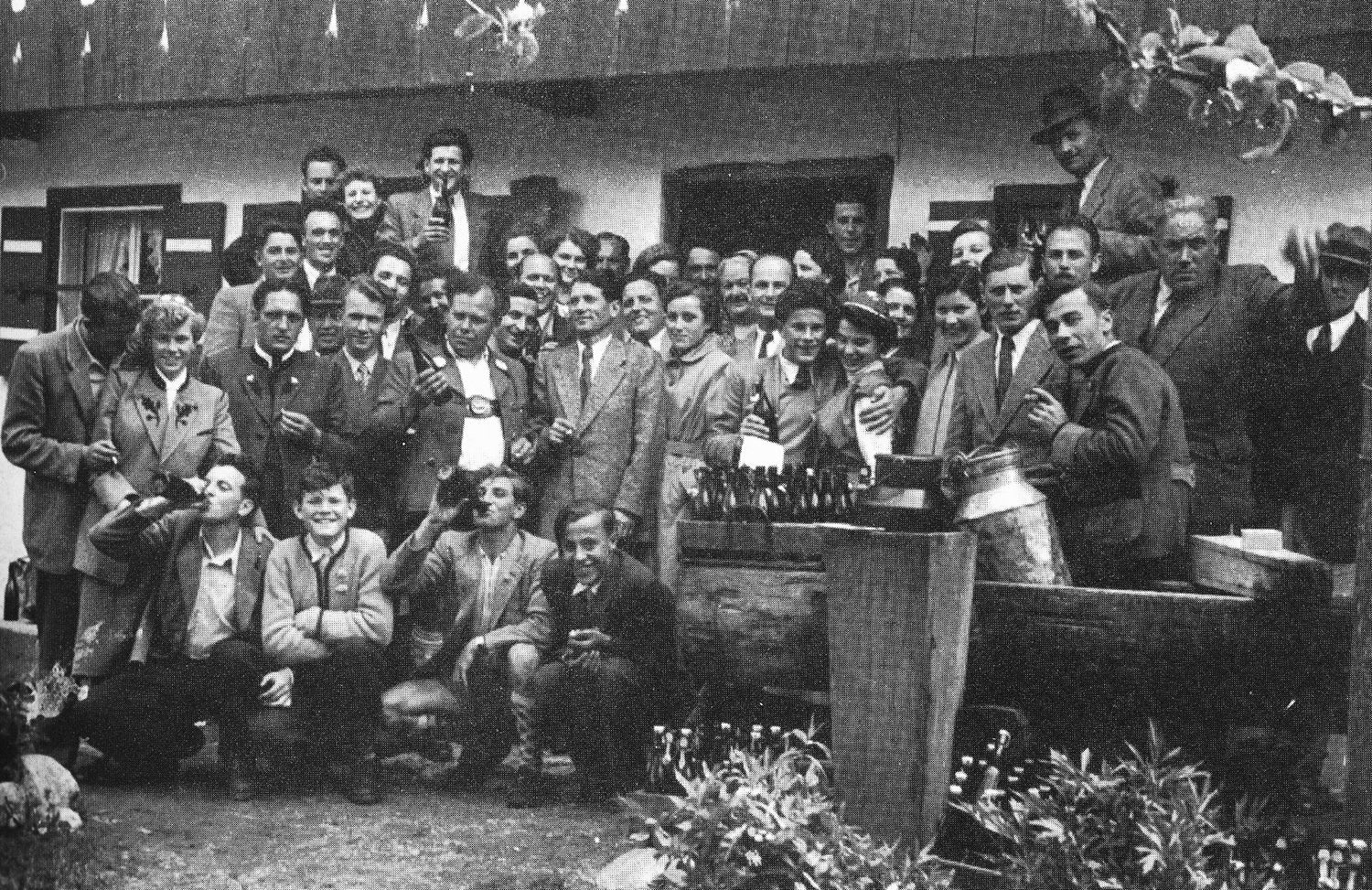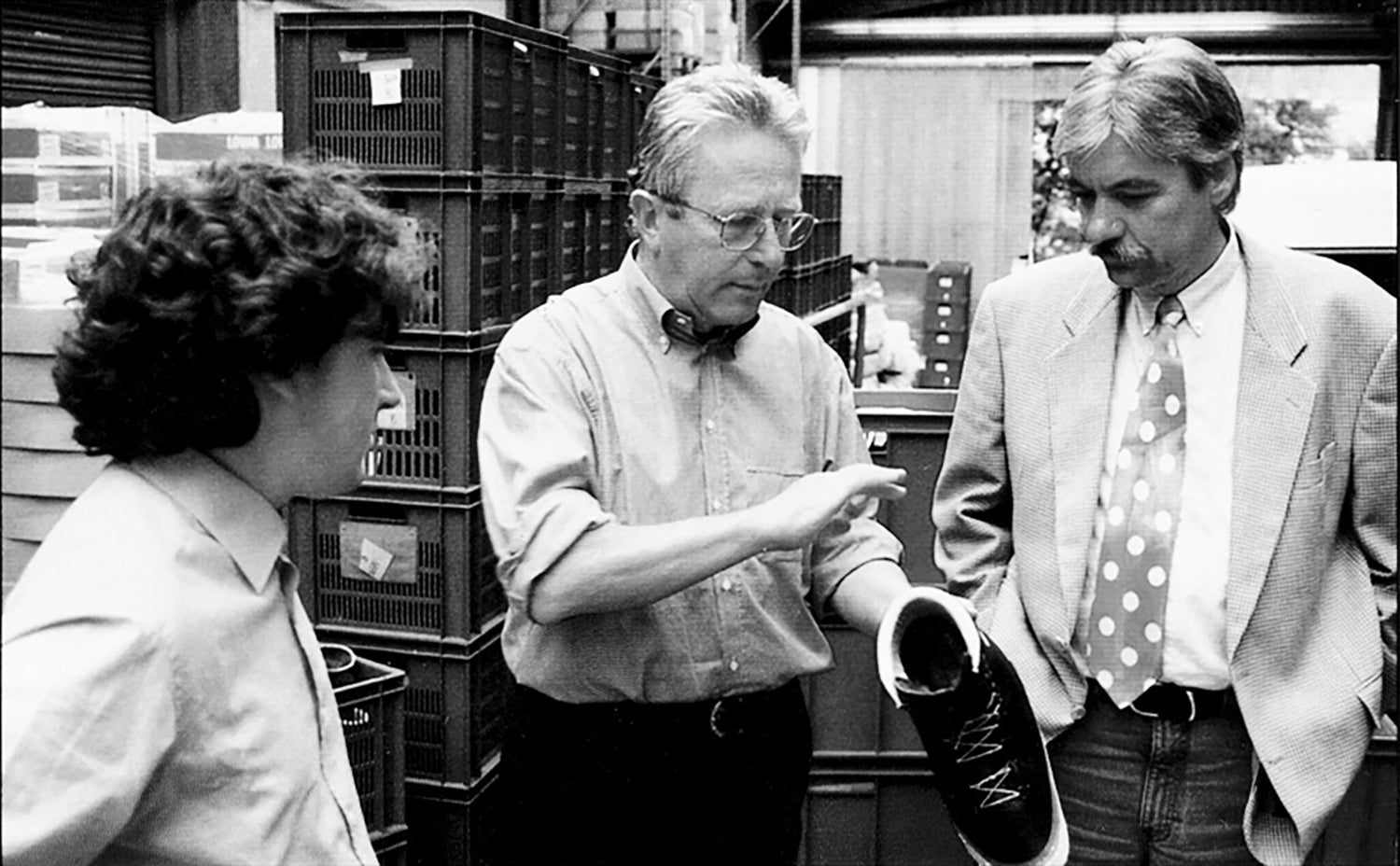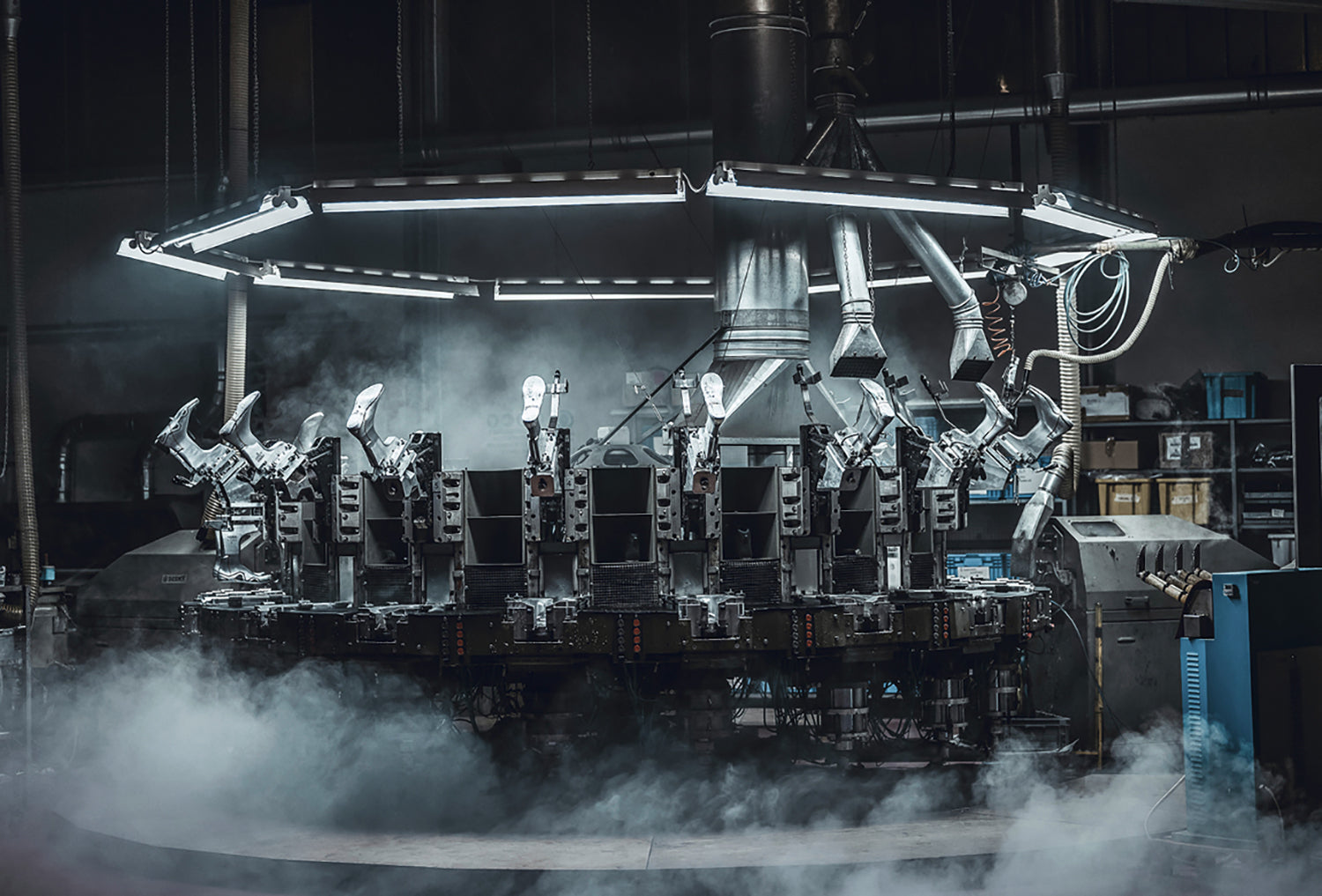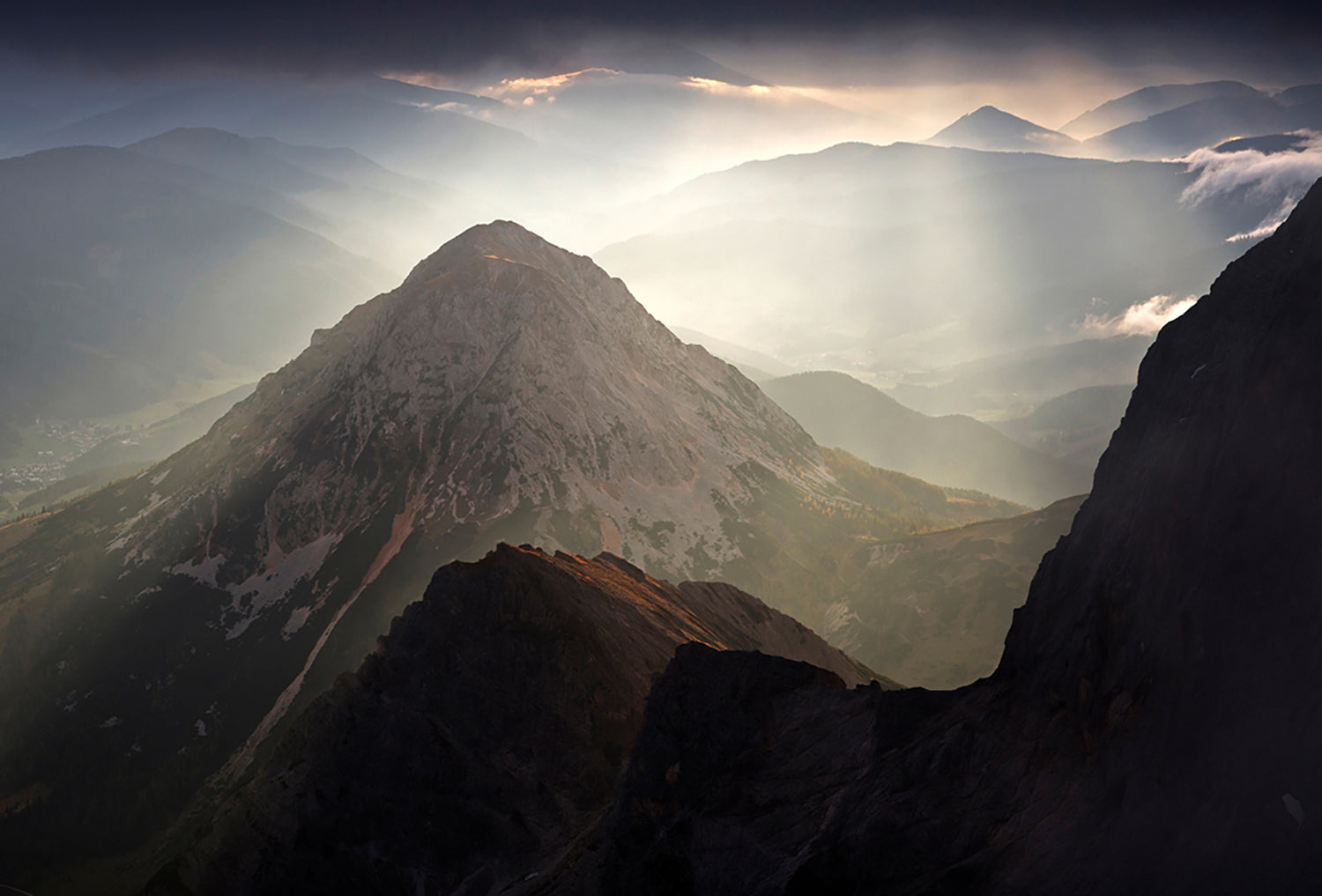-
NEW WAYS
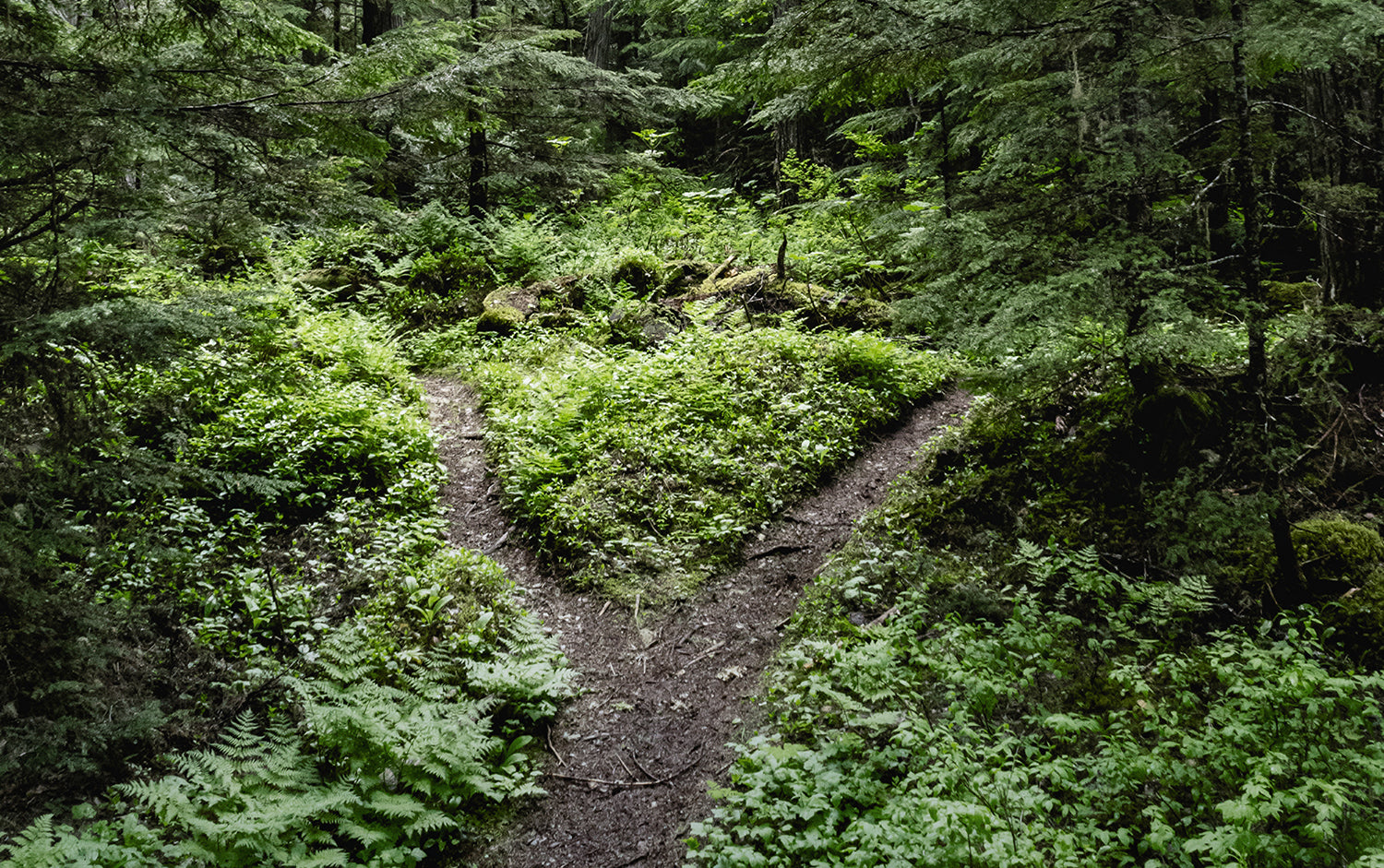
-
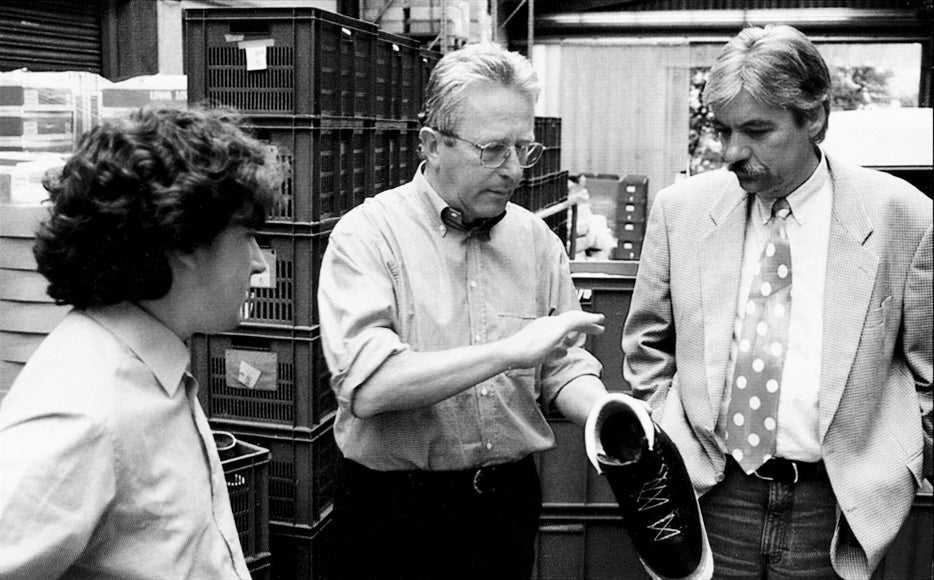
The years of 1992/1993 marked the dawn of a new era at LOWA.
Josef Lederer sold the company to Tecnica of Italy, and Werner Riethmann became the company’s new managing director and shareholder.
-
LIGHT AND HEAVY
Sepp Lederer resigned from his managerial position in 1988. His and Berti’s son Stefan then joined Berti on LOWA’s top management team. Stefan developed a new generation of lightweight mountaineering footwear that went on to conquer the market a few years later. Trekking shoes were developed as an outdoor-capable competitor to sneakers.
By contrast, the winter portion of the seasonal business, ski boots, became increasingly heavy and technical. The new models were not as well received by customers as expected. The weather also put a major damper on the ski-boot business: Mild, relatively snowless winters followed one after another. A record average temperature of 5.74 degrees C was recorded in February 1990 – the highest level measured in Germany since 1881.
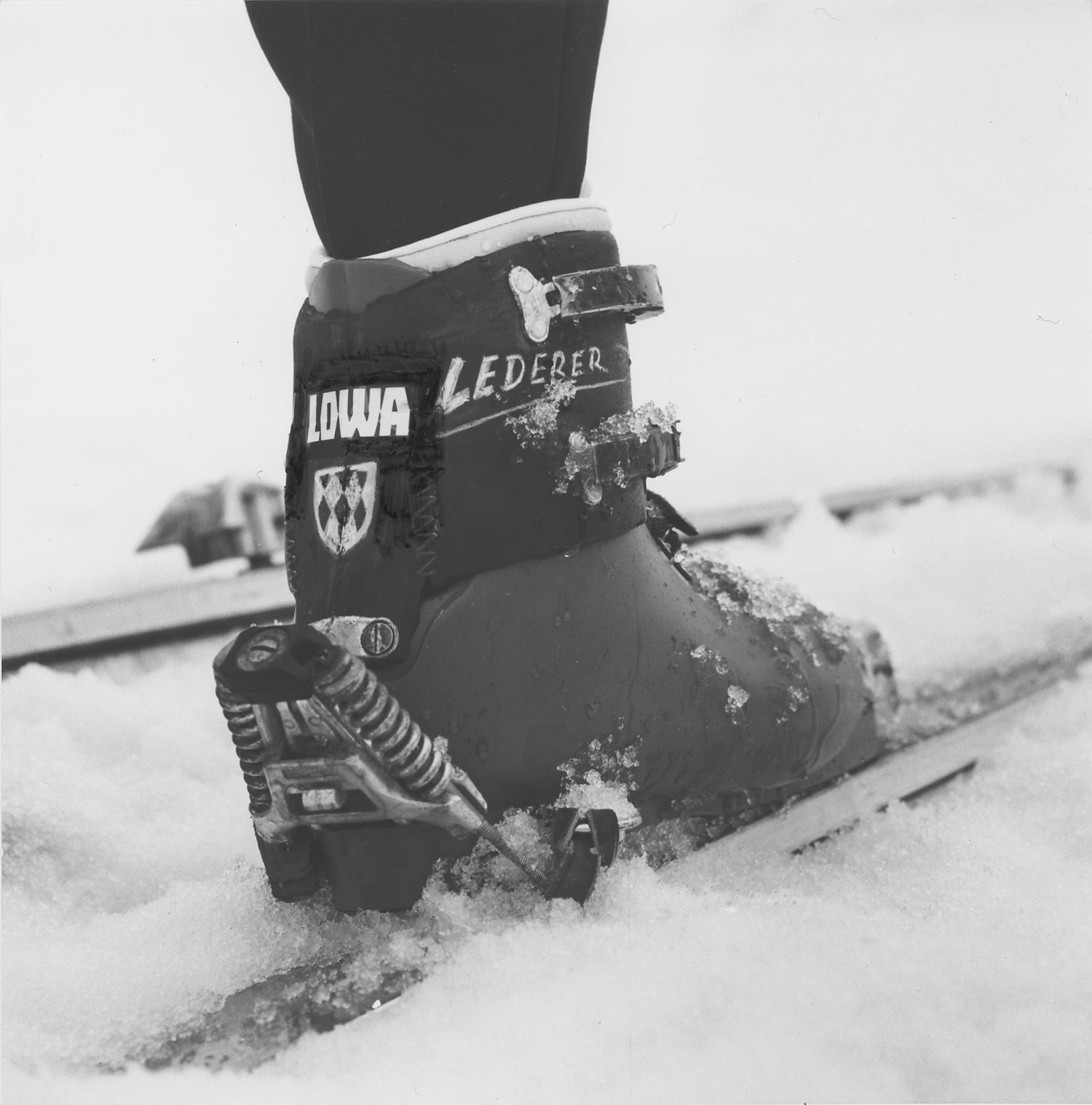
-
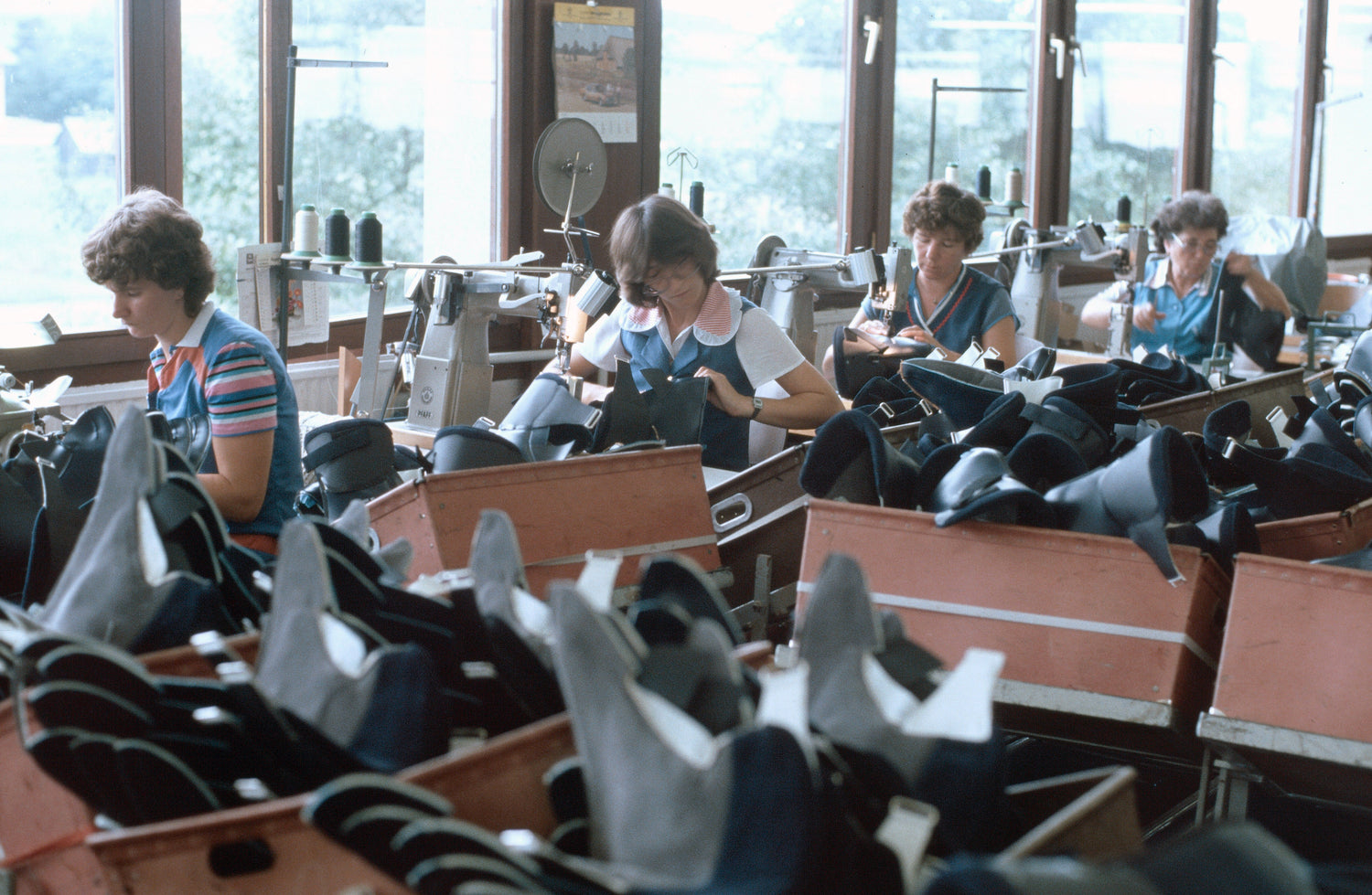
UPHEAVAL
The third Wagner-Lederer generation did not enjoy the same commercial success as its predecessor.
LOWA ran into financial difficulties as a result of a series of incorrect business decisions and changes in the market.
Once again, banks had the final say on the company’s fate. It was the time when Werner Riethmann joined LOWA. Riethmann had previously served as managing director of Raichle, a Swiss shoemaker. He knew LOWA and the Lederer family. In 1992, the Board of Advisors at Deutsche Bank appointed him managing director of the company.
-
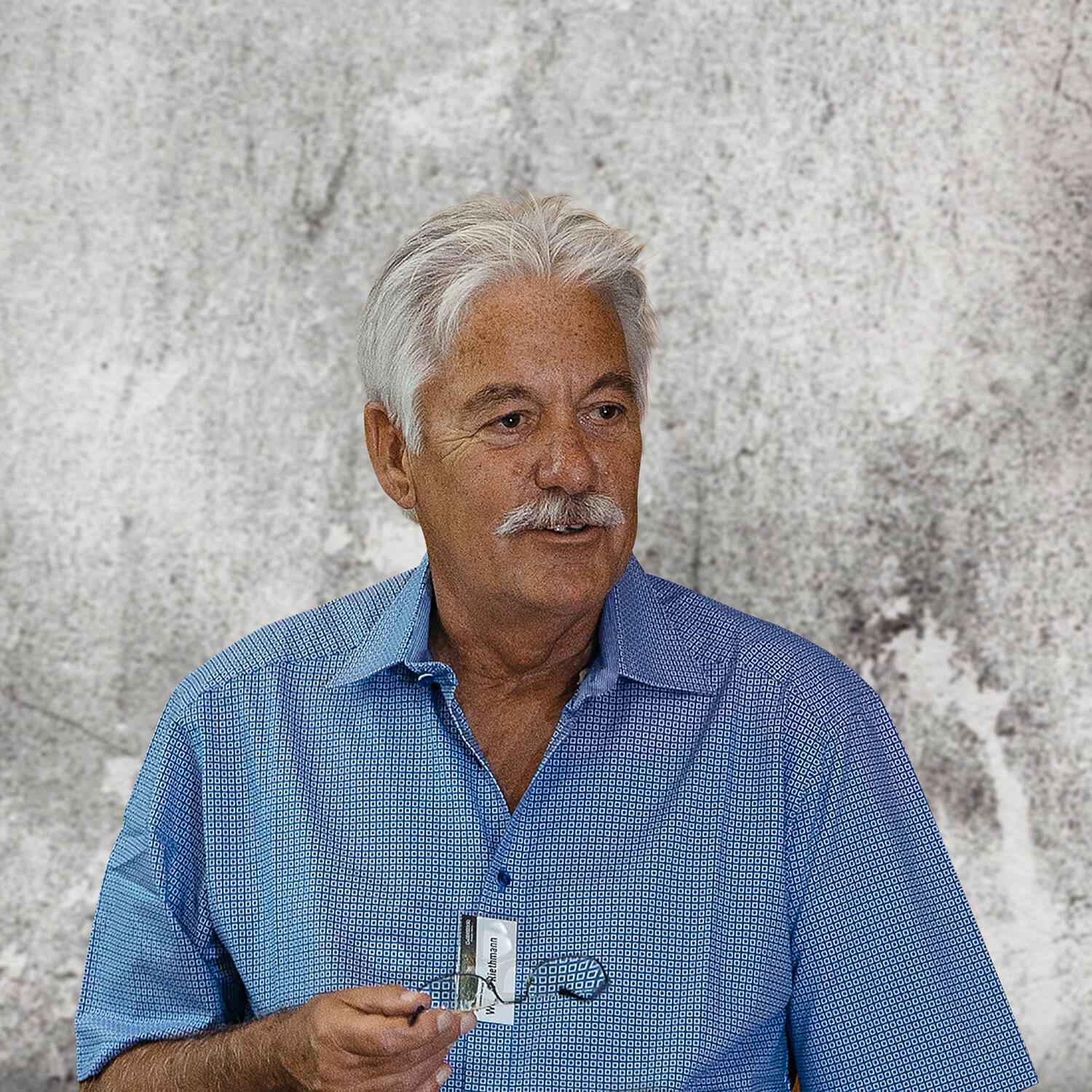
Stories told about this time of upheaval and resurgence sound, at times, like true adventures.
Werner Riethmann recalled during a newspaper interview that the company had mountains of unused material stored in barns and garages. He said he only “drew on this stockpile” of material during his entire first year to produce shoes. The sale of LOWA was initiated when his one-year contract expired.
-
The Zanatta family and Tecnica
Several companies were interested in purchasing the shoe factory. Ultimately, Tecnica of Italy emerged as the buyer.
The family-run company arose at a similar time and with similar product lines as LOWA. It had gone into business in 1930 as a small Italian cobbler shop and grew from there. Giancarlo Zanatta, the senior member of the family today, had worked as an apprentice in his father’s workshop. His brother and he expanded the operation to create a larger shoe factory that produced mountaineering boots, ski boots and après ski boots. The company achieved its international breakthrough in 1970 with the creation of Moon Boots. These après ski boots, modelled after the heavy footwear worn by the first humans on the moon, are now a classic of industrial design and are displayed in museums like the Museum of Modern Art in New York.
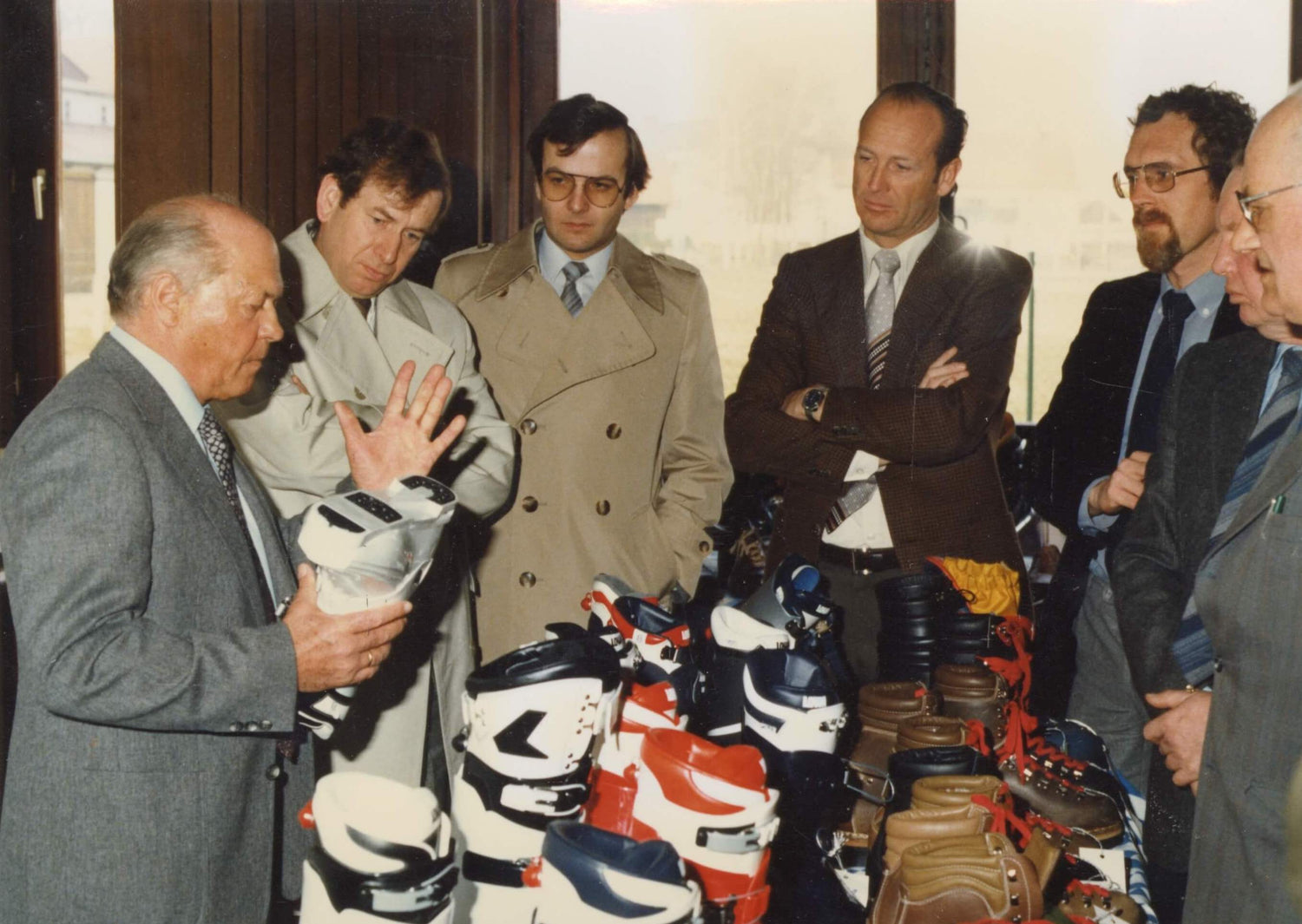
-
The acquisition of a majority stake in LOWA provided Tecnica with an important position in the Alpine shoe market. Another shareholder in LOWA from this time was Werner Riethmann, who returned to the company shortly after the transaction was completed and, more or less, started his second career at LOWA. Collaboration between Tecnica and LOWA got off to an auspicious start. A long-time employee enjoys remembering the companies’ first joint party, the 70th anniversary of LOWA. “It was a great time,” she said. “The local band Jetzendorfer Haus- und Hinterhofmusikanten performed. It was something our Italian business partners really loved. We formed a conga line and danced through the hall – old and young, Jetzendorf residents and Italians – all together. The mood was incredible.”
-
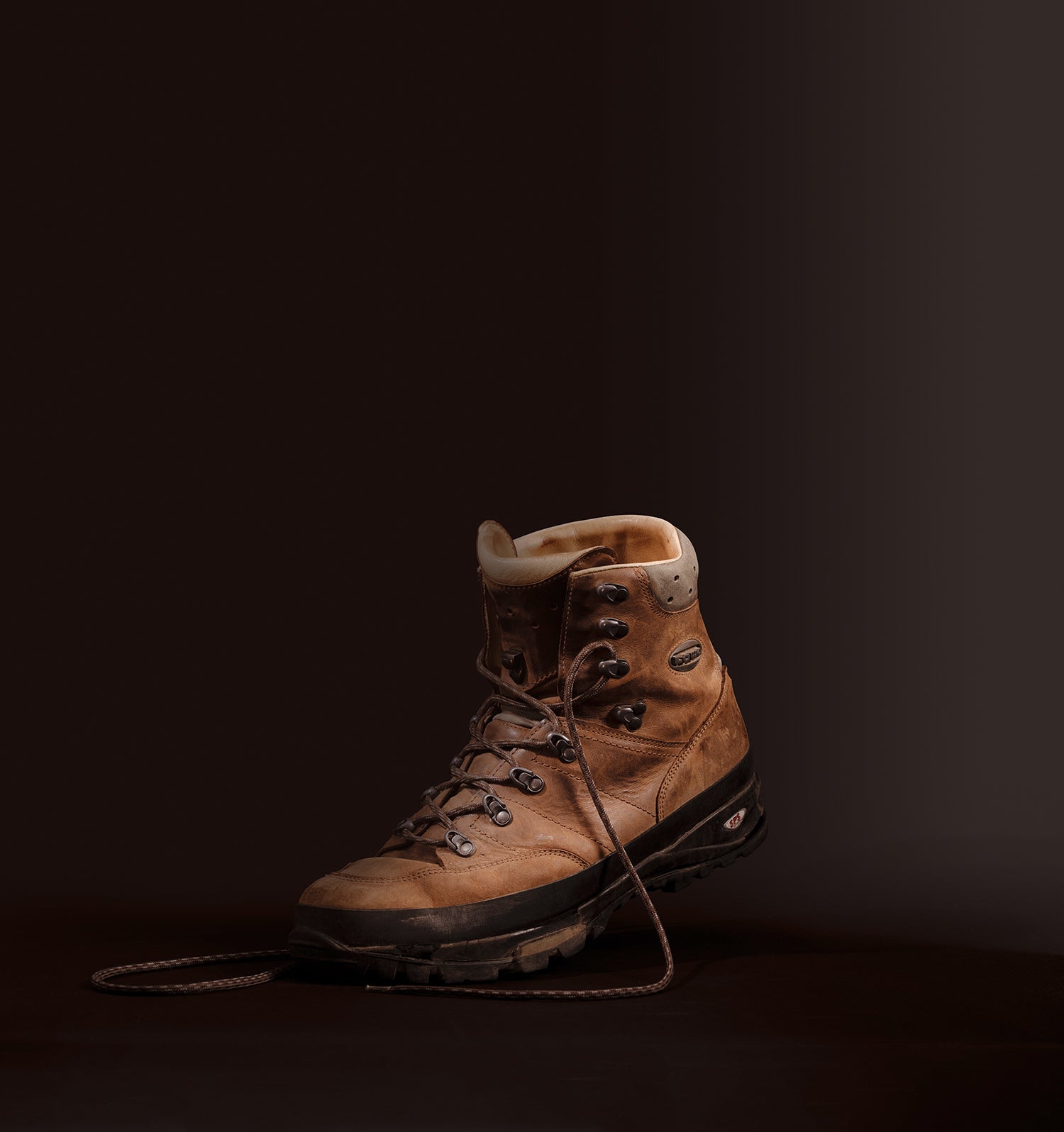
MORE LOWA,
FEWER SKI BOOTS
Despite it all, LOWA employees and the town of Jetzendorf remained uncertain after the acquisition. What does the future hold? Will LOWA remain in Jetzendorf? Will Tecnica change the product line?
The new management team at LOWA soon revealed its plans: LOWA would remain a maker of Alpine footwear and LOWA would remain in Jetzendorf. Nonetheless, the LOWA ski-boot segment was transferred to Tecnica in Italy. The job of developing and producing ski boots is an elaborate, costly process. For this reason, it made little sense for the business group to operate two ski-boot operations. LOWA ski boots were produced by Tecnica for more than 10 years. Ski-boot production was finally stopped for good in 2008.
-
But LOWA mountaineering boots took huge strides towards success. The slogan was: LOWA simply more … Restructuring, investments, new buildings and technical enhancements led the company to its next summit: the sale of 1 million pairs of shoes in 2000.
“The alliance with Italy is much more than just a financial matter. It is something that runs through all levels of the company.”
-
